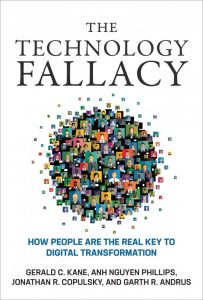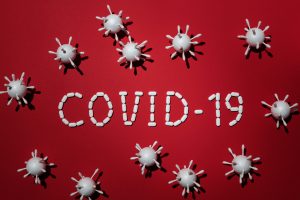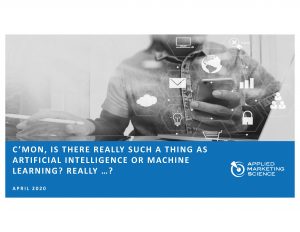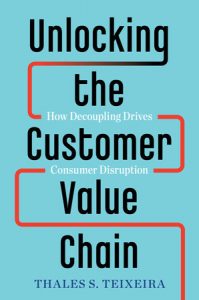
McKinsey: The COVID-19 Recovery Will Be Digital
McKinsey has published a report on the recovery following the COVID-19 crisis. According to the consultancy company, digital technologies will be on the forefront. The report discusses digitalization trends emerging from the COVID=19 crisis, and offers guidelines for preparing for recovery – taking into account digital transformation – for the first 90 days.











